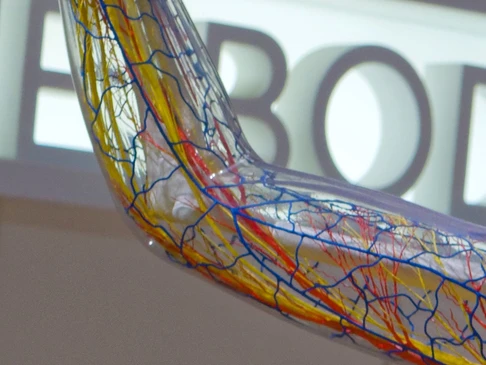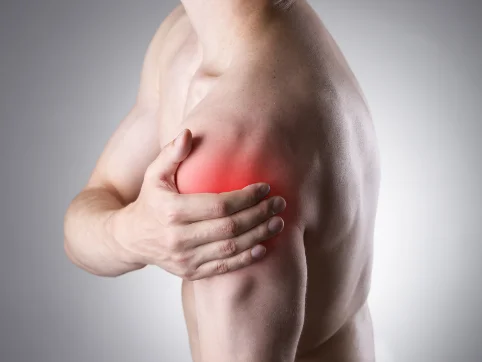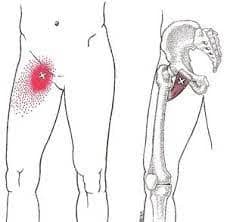What is nerve compression?
Last week, our blog post covered the pain and symptoms associated with nerve trauma. This week, we are going to look at pain associated with nerve compression. While nerve trauma can be more devastating, standard nerve compression can be far more difficult to pin down since there is no moment of injury. There are many of the same symptoms with nerve compression that you see with nerve trauma but, the biggest difference between the two is that nerve compression build over time and accelerate quickly once tension reaches a certain threshold. Understanding nerve compression begins with a look at what may be causing the compression, as nerves in this case are often the victims rather than the culprit.
How and why do nerves undergo compression?
Let’s be clear, nerves are not built to endure compression. This is evident by how well they are tucked into the fabric of our system to avoid direct contact. Once they do experience compression, the cycle of pain can be faint and random at first but quickly shifts to much higher and consistent levels of pain and discomfort if not resolved. There are a few structures we look to for how nerves might experience compression:
– Bone: From the spinal facets to our own clavicle, shifts in boney positions or changes in the joints of our structure can set the stage for serious nerve compression.
– Muscle/Fascia: While nerves are well tucked away, certain nerves are susceptible to compression by muscles and their associated facia.
– Exterior forces: Sometimes the culprit in nerve compression is the weight of our own body. Despite nerves being well tucked away, there are a few windows where nerves are closer to the surface. Pressure applied to these areas over periods of time will begin to create nerve compression
What can be done about nerve compression?
If you are here for solutions, you’re in luck! Our next couple of blog posts will focus on just that, including strategies to begin treating the nerves, where they might be compressed, and poor habits that often drive these problems in the first place. When you are experiencing nerve compression and inflammation, it is a journey back to wellness, but many of the necessary steps can begin now if you have the right tools! Stay tuned.
Want to learn if what we can help you with nerve compression? So do we! Schedule a free consultation.





